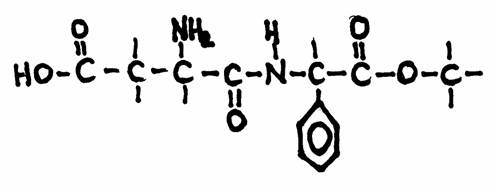Proteins
(essential) amino acids
The word 'amino acid' indicates what is to be the composition of these compounds:
An amino acid contains an amino group (-NH2) and a carboxyl group (-COOH).
The most simple amino acid is 'glycine'.
H2N - CH2 - COOH
In the tables, table 16, you can find all amino acids that participate in the synthesis of proteins.
The human body needs, to make proteins, lots of molecules of amino acids.
Some amino acids can be produced by the body itself, from other substances, but not all amino acids.
Those ones the body cannot make itself, must be obtained by the body from outside, so via nutrition.
These ones are called: 'essential amino acids'.
Peptides
Amino acids can form peptide bonds.

When more amino acids participate, you can get a chain of amino acids, wherein every amino acid is connected to another amino acid via a peptide bond.
Thus a polypeptide is produced.
(Poly)peptides, proteins
We may stick to the fact that polypeptides in fact are similar to proteins.
They always deal with an enormous number of connected amino acids.
Not every polypeptide has to be a natural protein.
Of course, proteins always have a secondary and a tertiary structure and only use natural amino acids.
- The primary structure of a protein is the sequence in which all those amino acids are connected within a molecule.
- The secondary structure of a protein is the 'helix' (see image); a spiral form of the primary structure.
- The tertiary structure of a protein is the way how that tertiary structure is threedimensionally folded.
- Sometimes there is an quaternary structure, of various packets of tertiary structure work toghether.
